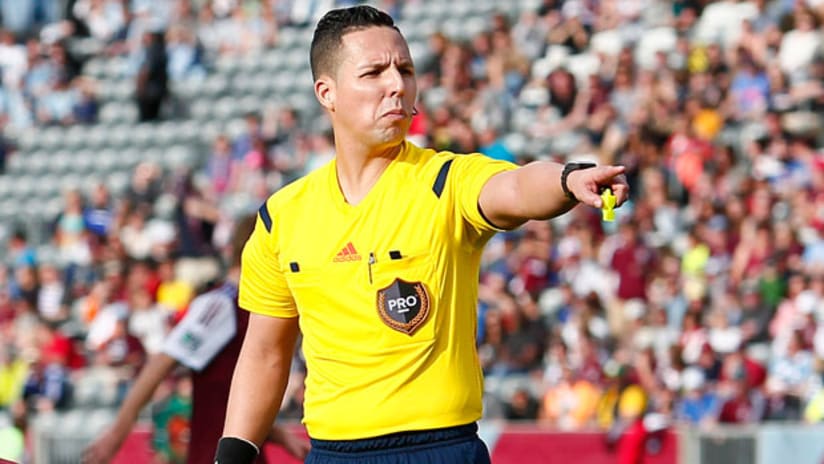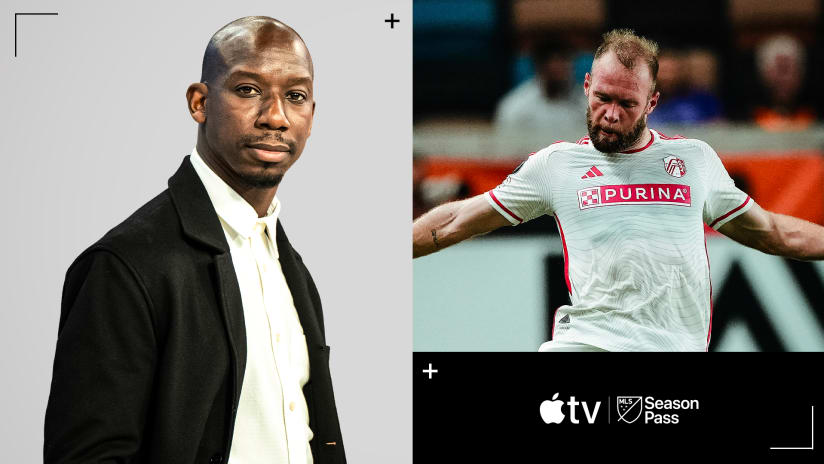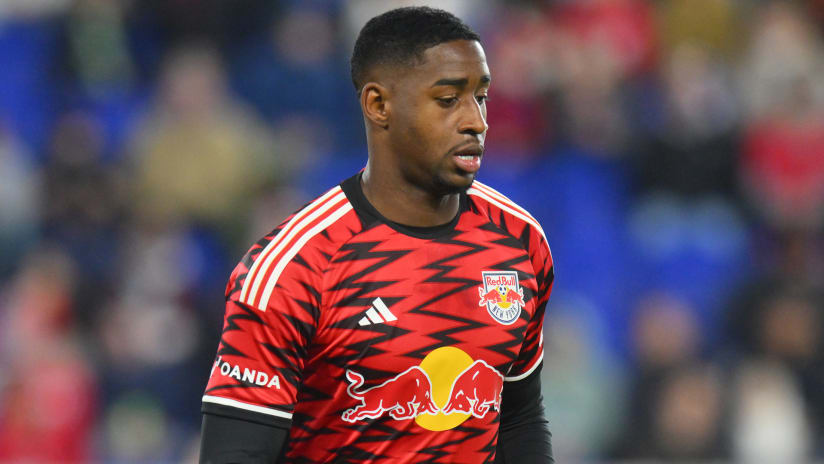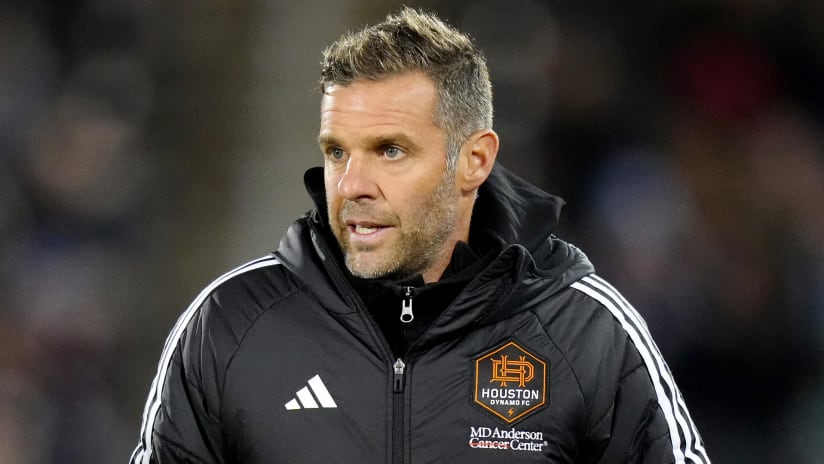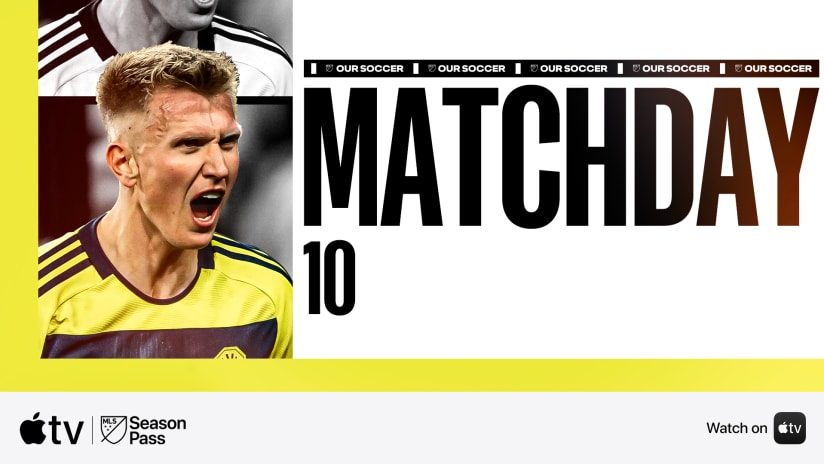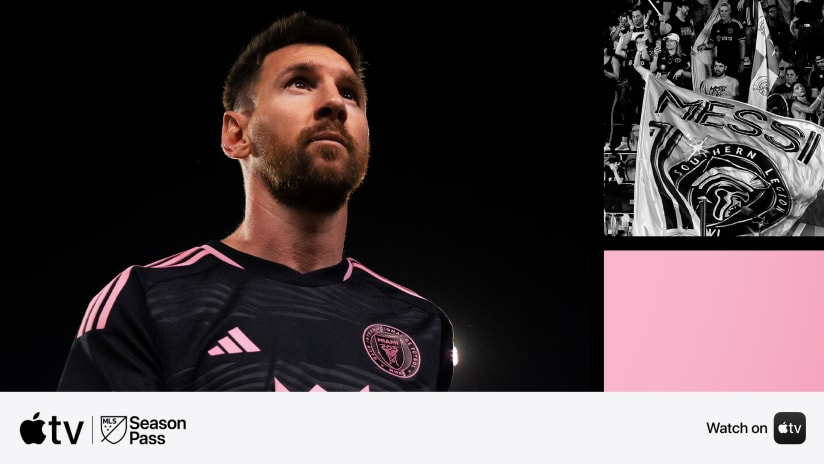Quick: How many subs are you allowed in a game?
Three, you say? Ha! Simpleton.
FIFA’s Laws of the Game say explicitly that only three substitutes are allowed “in any match played in an official competition organized under the auspices of FIFA.” But in international friendlies, you’re allowed up to six. And in any non-FIFA match, the number of substitutes depends on whatever the teams agree to before the match.
Of course, none of this really explains why USL PRO, the official third division of professional soccer in the US, allows its teams five substitutions.
“Since the inception of the league and the forerunners of USL PRO dating back to 1993, the number of substitutes has been at five consistently,” USL president Tim Holt told MLSsoccer.com. “It’s a topic that comes up for discussion on occasion, but there’s been no movement to make any adjustments to that rule at this stage.”
The rule was born out of two primary concerns. The first, and most important, was the wear caused by the USL’s punishing schedule, with teams sometimes playing games two nights in a row and often playing twice on the same weekend. Having additional substitutes gives teams more opportunities to get fresh legs on the field.
The second one, back when the USL’s predecessors were just rising from the ashes of the original NASL, was making sure that teams were travelling with a full squad rather than with the minimum of 14 so that they would look more like a professional club than a pub league team.
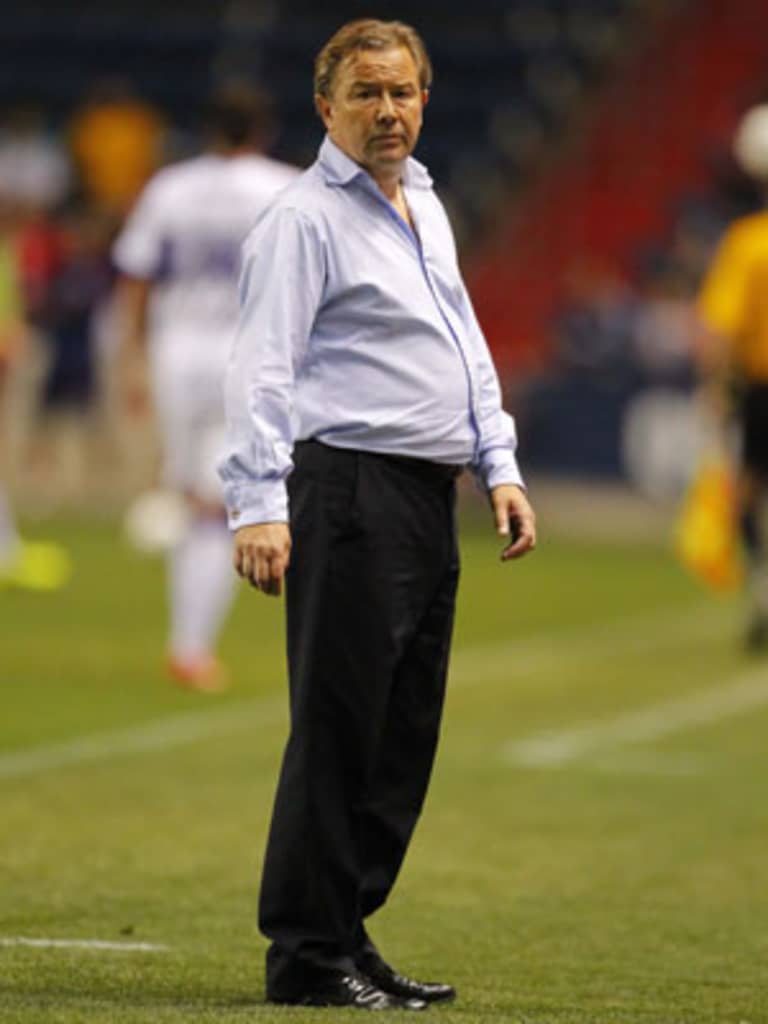
USL PRO coaches like Orlando City's Adrian Heath are allowed to make up to five substitutions a game, two more than FIFA allows for competitive matches. The rule is in place to help alleviate the strain of the league's rigorous schedule. (USA TODAY Sports)
But five substitutions for an official, competitive match is still, technically, a breach of the Laws of the Game, bringing up the question of how the league got away with it.
“I made the rule,” Francisco Marcos, the USL’s founder and first president, told MLSsoccer.com. “FIFA looked the other way. FIFA will look the other way whenever it is convenient to look the other way.”
In fairness, there was good reason to do so: Marcos made the argument that soccer at the minor-league level could not grow in the US without more substitutions to offset the travel.
“The request was, ‘Let’s do what is reasonable,’” Marcos says. “Which is not as good as what some of the coaches wanted. They said, ‘We have 18 players. Let me use all seven, at least in the second game [of the road trip].’ I said, ‘Look, let’s not tempt the gods too much.’”
Thus the five-substitute rule was born. But Marcos was not done tinkering, particularly during the 1994 season when he put his head together with current US Soccer president Sunil Gulati and developed a bevy of new rules to try out: kick-ins as opposed to throw-ins, larger goals and corner kicks taken from the corner of the penalty area rather than the corner of the field.
“It was a one-year experiment,” Marcos says. “MLS wanted to look at different things … Not that they were great, not that they were going to eventually rule the day, but they wanted to see what effects some of these things would have.”
The experimentation did not stop after 1994, however. MLS clocks counted down instead of up, and ties were broken by NASL-style shootout until 2000. The league allowed an additional substitution used only for goalkeepers until then-MetroStars head coach Bob Bradley put in midfielder Eddie Gaven as a goalkeeper in a 2003 game against D.C. United. Gaven promptly switched jerseys with Tim Howard, and later on scored the winning goal. Tied regular-season games featured 10 minutes of sudden-death overtime from 2000-03.
Perhaps the most visually distinctive rule to ever feature in top-flight North American soccer was the old NASL’s 35-yard-line. Implemented on an experimental basis from 1973 to 1982, players could not be ruled offside if they were more than 35 yards from goal (rather than from midfield, as they are today).
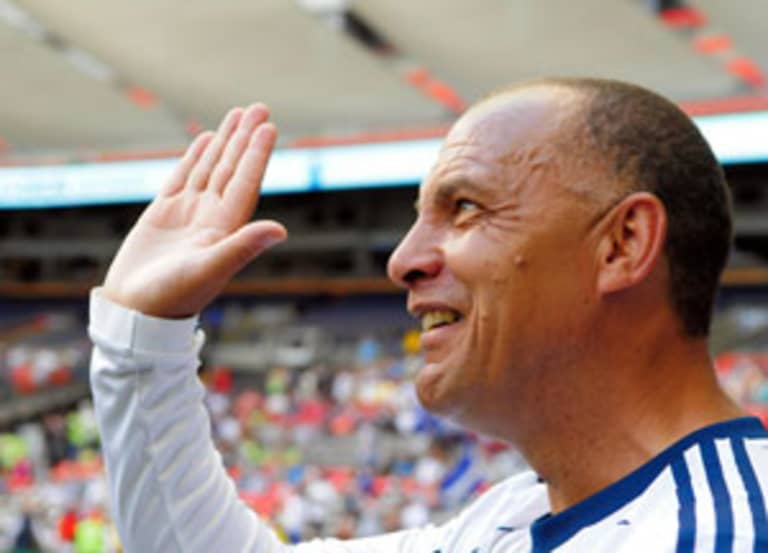
Carl Valentine joined the NASL in 1979 from England and had to deal with the league's unique blue-line rule that benefitted older, attacking players. "When you have players with good ability and good vision and more space in the middle of the park," he said, "they’re going to be even more dangerous." (USA TODAY Sports)
The rationale for the rule was to give creative players more space in midfield, particularly the crowd of older international stars whose legs were starting to go.
Carl Valentine was just 20 years old when he arrived in Vancouver from English club Oldham Athletic in 1979 to play for the NASL Whitecaps, but as a native of Manchester and a product of the European game, he’d never seen anything like the 35-yard line before.
“The line really got stretched out, and when you have players with good ability and good vision and more space in the middle of the park, they’re going to be even more dangerous,” Valentine said. “I think that’s what happened.”
Once out of the professional, outdoor ranks, the rules veer even further off the beaten track. College soccer is notorious for using different rules than the professional game. The NCAA has clung to the countdown clock and the sudden-death overtime period if regulation ends in a tie. The number of substitutions is limited only by the number of players teams carry on the bench, and lineups are reset at the beginning of each half (and overtime period), with all players permitted one re-entry each in the second half (but not in overtime).
“College soccer has always permitted enhanced substitutions in addition to those limited substitution rules under the FIFA laws,” NCAA soccer secretary-rules editor Ken Andres told MLSsoccer.com. “The rationale is quite simple. The purpose of the rule is to permit enhanced participation by student athletes. … [As to the clock], that’s something that started in college soccer, I’m going to say I believe it occurred in the '60s. The thought process was that it’s frankly more fan-friendly, and for the players as well, to know precisely what time is on the clock.”
Andres said that the NCAA routinely surveys schools to see if they are interested in changing the rules of the college game, including substitutions and the game clock, but at the moment, the majority of college soccer programs are on board with how things are.
The rules change even more drastically in indoor soccer, where players are enclosed in a hockey-like arena and are allowed to play the ball off the boards. Each team can only field six players at a time – including the goalkeeper – but are allowed unlimited, rolling substitutions as in ice hockey.
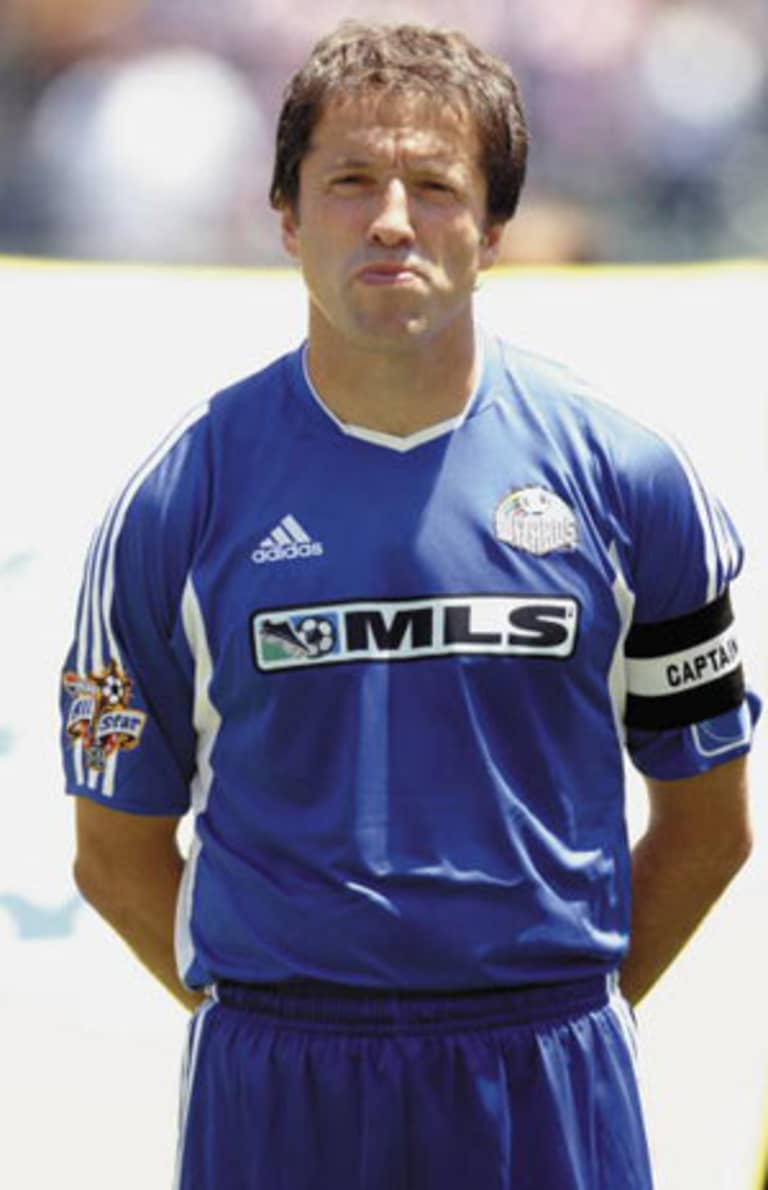
Before he was a star in Major League Soccer, Predrag Radosavljevic – better know as Preki – navigated the tricky world of American indoor soccer. "The biggest challenge was the boards," he said. "Playing with the boards and coming in and out every minute, minute and a half.”(Getty Images)
There is a three-line violation rule that disallows passes over the red lines on both ends of the field unless the ball is played off the wall. Perhaps most significantly, goals scored from behind the red line count as two goals.
“They had all kinds of lines,” Sacramento Republic head coach Predrag Radosavljevic – better know as Preki – told MLSsoccer.com of his time in indoor soccer. “Honestly, it’s so long ago I can’t even remember. … The biggest challenge was the boards. Playing with the boards and coming in and out every minute, minute-and-a-half.”
Preki started his career playing for Red Star Belgrade, but when he decided he wanted to come to the United States in the mid-'80s, the NASL had folded and MLS had not yet come into existence. Indoor soccer was his only option, but he made the most of it, racking up 796 combined goals and assists over nine seasons. After finishing the 1995 season with 51 goals for the San Jose Grizzlies, however, he went back to his preferred game – out on the grass.
“Obviously, outdoor is my No. 1 game,” Preki said. “I always loved outdoor more than indoor.”
History, however, can be cyclical. After 10 superlative seasons in MLS, Preki retired and became a coach, first of Chivas USA, then of Toronto FC, and now with the Republic in USL PRO. He is once again dealing with a strange new world of the game he’s been playing his whole life: learning how to use five substitutes.
“I can understand why the rule is like that in this league,” Preki says. “Is it an ideal rule? Of course not. Is it ideal to play back-to-back? Of course not. But it’s the rule, and we go with it. But if it was up to me, I would switch to three substitutes and no back-to-back games,” he said, “like a normal league.”

